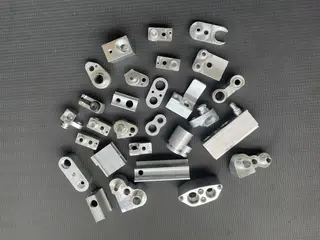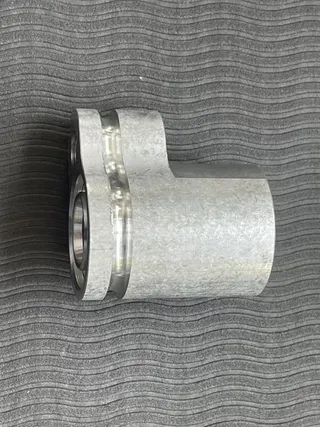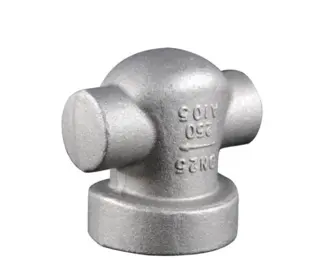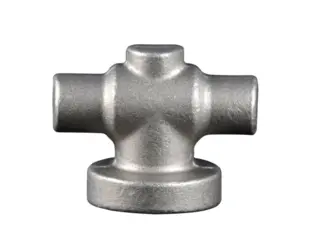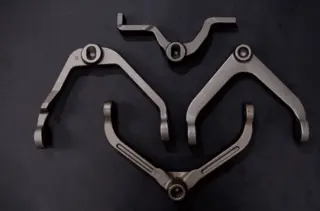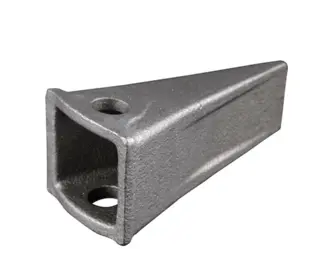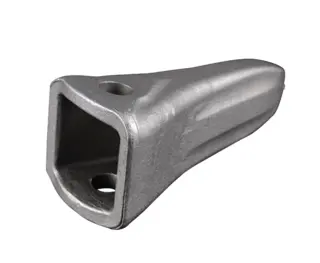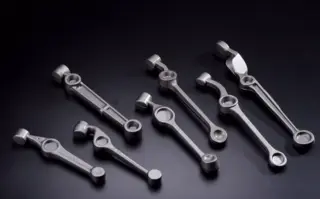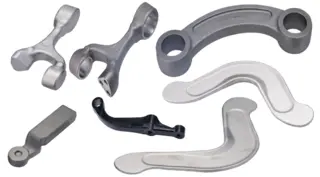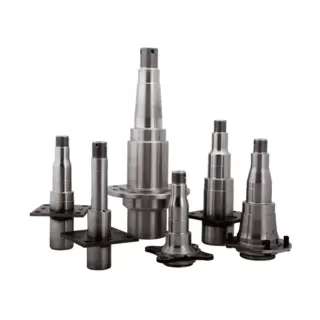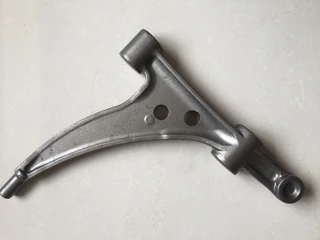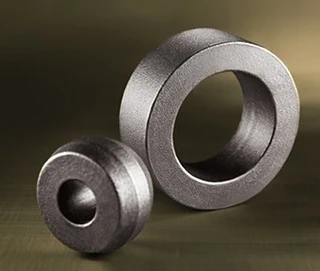Other Metal Forging
1-20 of 46 results
Aluminum forging is a process that involves shaping aluminum using compressive forces applied through dies or molds. The process is used to create a wide range of parts and components used in various industries, including aerospace, automotive, construction, and more. Aluminum forgings are valued for their high strength-to-weight ratio, corrosion resistance, and excellent thermal conductivity, making them ideal for use in many applications.
Forged valve body
Air conditioning Interface
Flange
Link block
Pressure plate
Valve body
Condenser
Interface
Aluminum Parts used for automoible
Specializes in aluminum CNC machining parts
China Made Steel Pipes, Valves, Flanges & Pipe Fittings
Forged valve pipe fittings,flange
Forged Ball Valves, Butterfly Valves Check Valves, Gate Valves, Globe Valves, Plug Valves,
Control arm forged chasis system for automobile
Control arm for automobile suspension system
Choose the appropriate tooth tip type according to the specific working conditions. For example, for working conditions with medium wear resistance and penetration requirements, you can choose a general-purpose tooth tip; for extreme conditions, you need to choose a reinforced or specially designed tooth tip.
All our teeth are using high spec alloy steels to ensure excellent wear characteristics, parts is checked by the
original gages to make sure the fitting is standard and ease of installation wherever possible. Wide range,
quality, service, we are your best choice.
Forged control arm for automobile
In the process of forging, not only the appropriate shape and size must be required, but also the performance requirements of the parts during the use must be met, which includes strength index, plasticity index, impact toughness, fatigue strength, fracture toughness, resistance against stress corrosion and so on. This makes forging process always better than other metal working processes. Below we would like to introduce forging under different conditions.
Trailer Axle spindle
Door Hinge forging Supplier
The control arm of a car, as an important component of the vehicle suspension system, plays Support stability,Cushioning vibration,Steering function,Safety guarantee.
Clutch Fork used in gearbox.
Forged crankshafts are usually made of high-strength alloy steel, and their surfaces are usually processed by heat treatment, hardening treatment, and other processing methods to improve their wear resistance. This wear resistance can effectively reduce crankshaft wear during prolonged high-speed rotation, while also enabling the vehicle to better adapt to various working environments.
Properties of Steel Forgings
Strong & Durable : Steel forgings have a generally higher strength and are typically tougher than steel processed in other fashions. The steel is less likely to shatter on contact with other objects for example, making forged steel highly suitable for items such as swords. This increased strength and durability is a result of the way in which the steel is forced into shape — by pressing or by hammering — during the forging process. The steel’s grain is stretched by this process, and ends up aligned in one direction, as opposed to being random. Following the pressing or hammering, the forging is cooled in water or oil. By the end of the process, the steel is stronger than it would have been had it been cast, for example.
Anisotropic: A steel forging’s strength isn’t consistent all the way through; instead, steel forgings are anisotropic, which means when the metal is worked on and deformation occurs, the steel’s strength is greatest in the direction of the resulting grain flow. This results in steel forgings which are strongest along their longitudinal axis, while in other directions, the forging will be weaker. This differs from steel castings, which are isotropic and therefore have almost identical properties in all directions.
Consistency Between Forgings: Since the process of forging is controlled and deliberate, with each forging undergoing the same steps, it’s typically possible to ensure a consistent material over the course of many different forgings. This is in contrast to cast steel, which is more random in nature due to the processes used.
Limit on Size: During the forging process, it’s more difficult to shape the metal, since forging occurs while the steel is still solid, unlike in casting where the metal has been reduced to its liquid form as part of the process. Since the metallurgist working with the steel will have more difficulty altering the metal’s shape, there’s a limit on the size and the thickness of the steel which can be successfully forged. The larger the metal section being worked on, the harder it is to forge.

